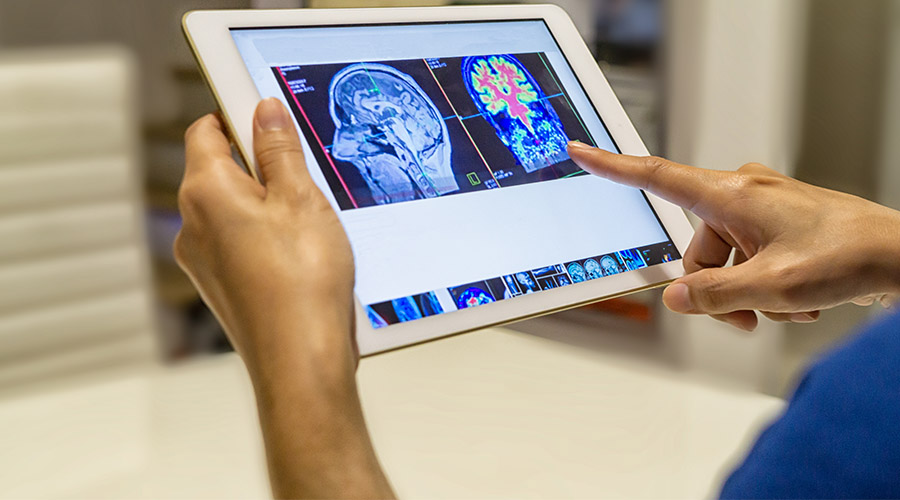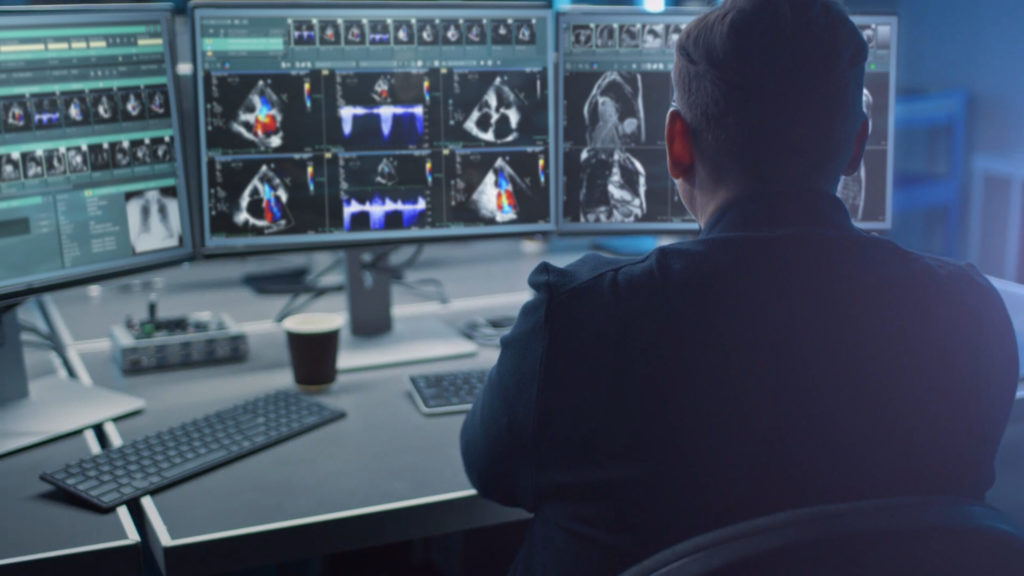In the ever-evolving field of healthcare, technology continues to play a crucial role in improving patient care and optimizing workflow efficiency. One such technological advancement that has greatly impacted the medical industry is the Picture Archiving and Communication System (PACS). This comprehensive article aims to provide a detailed overview of PACS systems, their components, benefits, challenges, and future trends. So, let’s delve into the world of PACS systems and explore how it has revolutionized medical imaging and data management.
What does PACS stand for, and what is its purpose?
PACS, which stands for Picture Archiving and Communication System, is a crucial technology in the medical field. Its purpose is to streamline the storage, retrieval, and distribution of medical images such as X-rays, CT scans, and MRIs. By digitizing these images, PACS eliminates the need for physical films and allows healthcare professionals to access patient information more efficiently. This technology plays a vital role in improving patient care and diagnosis as it enables healthcare providers to view images remotely, reducing the need for patients to carry physical copies from one facility to another. Moreover, PACS facilitates collaboration between radiologists, surgeons, and other specialists, enabling them to share and discuss images in real-time.
Additionally, PACS integrates with electronic medical records (EMR) systems, providing a comprehensive view of a patient’s medical history. Overall, PACS is an invaluable tool that enhances the speed, accuracy, and accessibility of medical imaging, ultimately leading to better patient outcomes.
What are the key components of a PACS system?
A PACS system, which stands for Picture Archiving and Communication System, is a vital tool in the field of medical imaging. It is designed to streamline the process of storing, retrieving, and sharing medical images within a healthcare organization. The key components of a PACS system include an image acquisition device, such as a digital X-ray machine or MRI scanner, which captures high-quality images of the patient’s anatomy. These images are then stored in a secure and centralized database known as the PACS server.
Additionally, a PACS system requires a viewer, which allows healthcare professionals to access and review the images from any computer or mobile device. To ensure the smooth functioning of the PACS system, a backup system is crucial, as it provides redundancy and protects against data loss. Furthermore, a robust network infrastructure is necessary to support the transfer of large image files between different components of the system. In conclusion, the key components of a PACS system are image acquisition devices, a PACS server, a viewer, a backup system, and a reliable network infrastructure.
How does a PACS system work?
– Images are captured by various imaging modalities and stored in digital format.
– The network sends these digital images to the PACS archive servers.
– Authorized healthcare professionals can access and view the images using dedicated workstations.
– PACS systems also enable the secure sharing of images and reports with other healthcare providers.

What are the challenges faced by healthcare organizations in implementing PACS?
Implementing Picture Archiving and Communication Systems (PACS) in healthcare organizations can present numerous challenges. One of the main obstacles is the integration of PACS with existing electronic health record (EHR) systems. This requires complex data migration and interoperability between different software platforms.
Additionally, healthcare organizations must ensure that their network infrastructure is capable of handling the increased data storage and transmission requirements of PACS.
Another challenge is the need for staff training and education to utilize the new system effectively. This includes not only technical training but also ensuring that healthcare professionals understand the benefits and functionalities of PACS.
Furthermore, healthcare organizations must address security and privacy concerns associated with storing and transmitting sensitive patient information through PACS. Compliance with regulatory requirements such as HIPAA adds additional complexity to the implementation process.
Lastly, budget constraints can also hinder the successful implementation of PACS, as the cost of hardware, software, and ongoing maintenance can be substantial.
Overall, healthcare organizations must navigate these challenges to fully realize the potential benefits of PACS in improving patient care and workflow efficiency.
Conclusion
PACS systems have revolutionized medical imaging and data management by replacing traditional film-based systems with digital solutions. The benefits of PACS, such as improved workflow efficiency, enhanced patient care, and cost savings, have made it an essential tool for healthcare organizations worldwide. While challenges exist, the future of PACS systems looks promising with the emergence of trends like cloud-based solutions, AI integration, and mobile applications. As technology continues to advance, PACS systems will undoubtedly play an even more significant role in shaping the future of healthcare.


